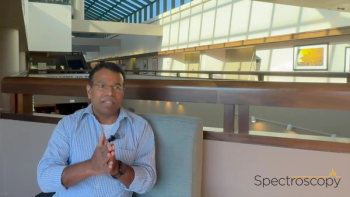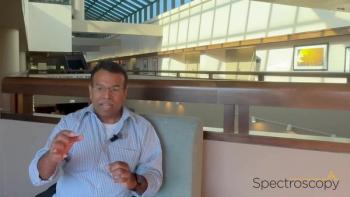
SciX 2023: A Look at the Monday Morning Oral Session on Student Research in Archaeological Chemistry
On Monday October 9th from 8:30–10:10 am, an oral session on student research in archaeological chemistry will take place. We preview this session here.
From 8:30–10:10 am, an oral session titled “Student Research in Archaeological Chemistry” will be taking place in Southern Pacific F. This series of five talks will discuss a variety of spectroscopic techniques being used in archaeological science.
At 8:30 am, AJ White of the University of California, Berkeley, will initiate the session with a talk titled, “The Mobility of Fecal Stanols in Soils.” This talk will review the data obtained from an ongoing field experiment in San Dimas Experimental Forest, California that attempts to identify and track the movement of fecal stanol molecules through soils.
Following this, at 8:50 am, Jayde N. Hirniak of Arizona State University, will give a talk titled, “The Effects of Archaeological Fires on Volcanic Glass Shards: An Experimental Approach.” Hirniak’s talk will offer an inside look about taphonomic processes that can affect the geochemistry of volcanic glass.
Next, at 9:10 am, Renee Boucher, a Ph.D candidate at the University of California, Santa Cruz, will give a talk titled, “The Application of Trace Metal Stable Isotopes to Hominid Physiology and Behavior.” This talk will explore the how sex-related differences in the metabolism of transition metals could impact what the Fe and Cu isotopic signature might look like, which is important when studying early hominins.
The subsequent 9:30 am talk will be led by Kelsey Hanson of the University of Arizona. The talk, titled, “Paint Production in the Chaco World: Revealing Networks of Power from the Chemical to the Cosmological,” will focus on characterizing paint recipes using a variety of spectroscopic techniques, such as X-ray fluorescence, Fourier transform infrared spectroscopy, Raman spectroscopy, and others.
Finally, at 9:50 am, Marcos de la Rosa-Martinez of Arizona State University will give a talk titled, “Embodiment, Identity, and Infant feeding Practices in the Ancient Andes: Analysis of δ13C and δ15N in Serial Samples of Permanent Molars from Tiwanaku, Bolivia.” This talk concludes the morning session and discusses how isotopic studies could help paleontologists learn about the breastfeeding and weaning practices of early humans in the pre-Hispanic Andes.
Newsletter
Get essential updates on the latest spectroscopy technologies, regulatory standards, and best practices—subscribe today to Spectroscopy.




